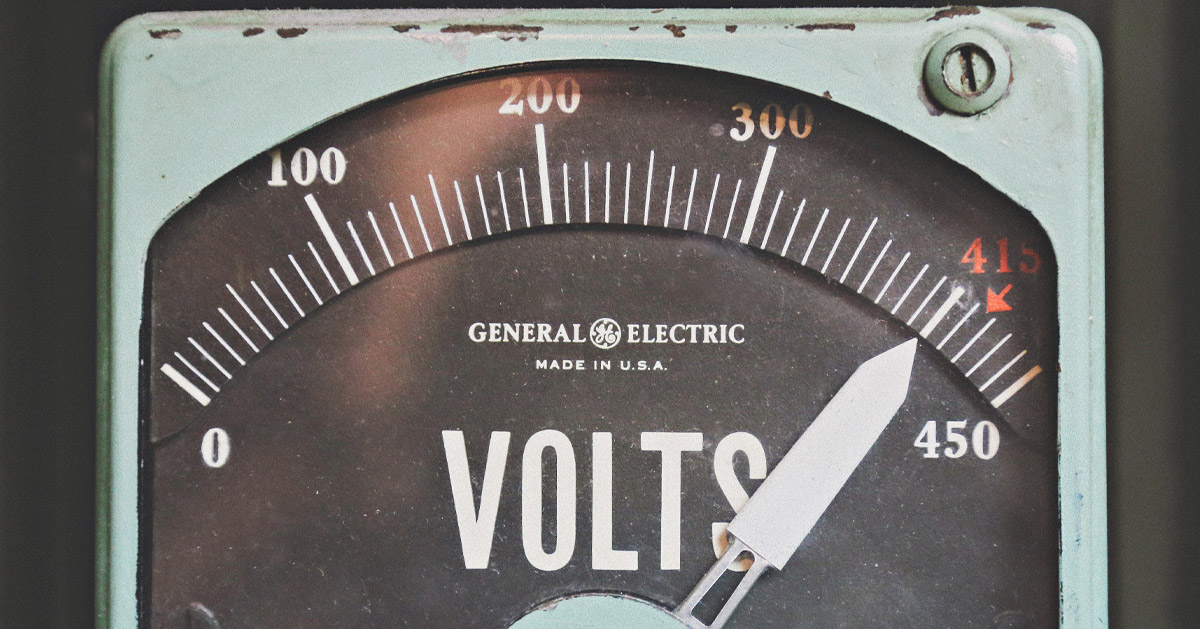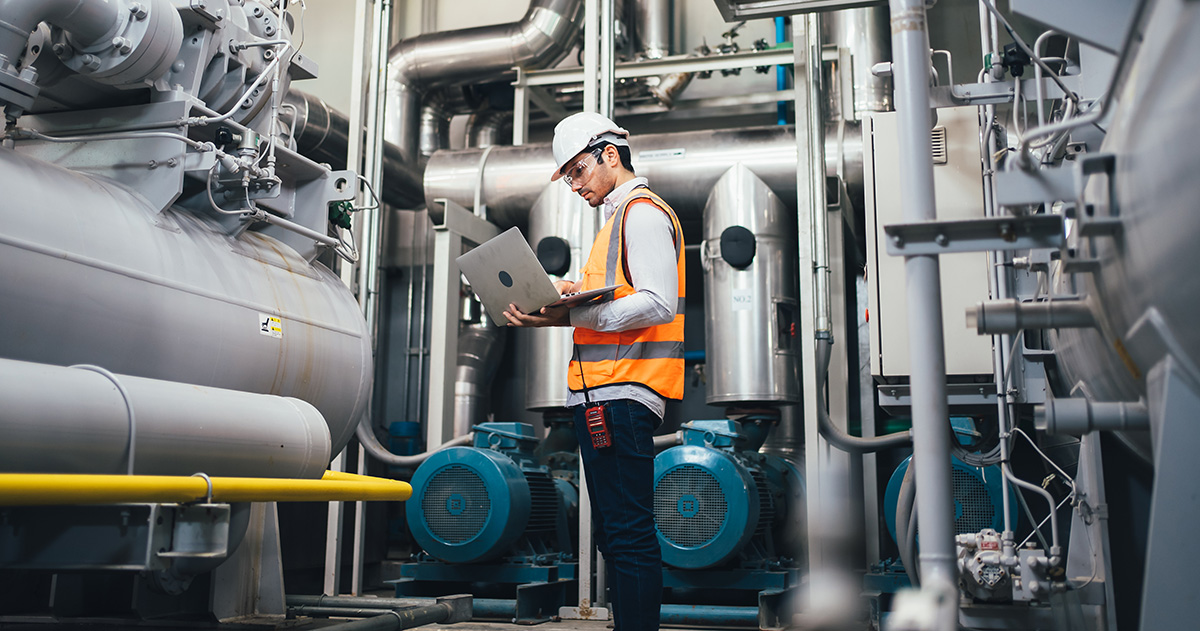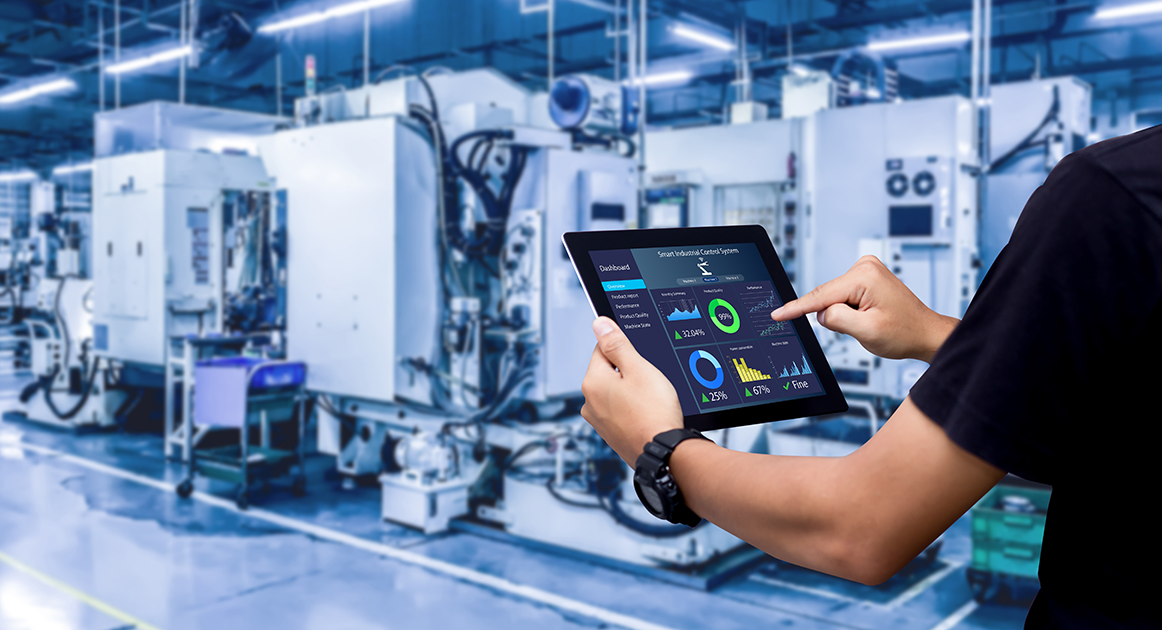Energy meters aren’t just for utilities to track your building’s energy use.
Facility managers can install energy meters, called sub-meters, to measure energy usage with granular equipment level precision. Energy meters combined with a data platform provides a more detailed analysis of a building’s energy consumption and can help managers gain valuable and actionable insights to improve building performance and reduce energy consumption.
Companies that deploy an IoT smart energy meter-enabled data platform across all their sites can expect six main benefits, thanks to advances in technology.
1. Gain operational insight and identify anomalies in equipment performance with a “real-time” view.
Finding out that your lighting system is not shutting off when it’s supposed to, or that your rooftop cooling unit is cycling when it should be idling, using more electricity than it should and reducing its effectiveness, is important information.
Utility meters won’t tell you how much energy different pieces of equipment in your building are consuming, while today’s energy sub-meters provide real-time energy usage data for your equipment. This can help you determine whether those devices are operating as they should, whether they should be retrofitted or replaced, and where you can generate energy savings and reduce the risk of a disruption to your operations.
2. Continuity of information provides complete portfolio perspective.
An energy metering solution should be able to pull large amounts of data and analyze it in a way that gives you a clear and detailed portfolio-wide perspective. Being able to analyze energy usage data from all types of equipment like HVAC, Lighting, Refrigeration etc., across multiple facilities provides valuable insight that is essential to making informed decisions about how to manage the equipment in your buildings.
Today’s energy meters provide readings every minute of every day, giving you the best chance to find and reduce energy consumption drivers under various circumstances and time periods.
3. The Internet of Things (IoT) has made energy meters more powerful.
Thanks to IoT, energy meters are now smaller, cheaper, can be installed in minutes – not hours, and send real-time energy information to the cloud where it can be layered with other data sets, analyzed, and presented to building managers in an effective and “actionable” way.
Many IoT smart energy meters have enhanced data encryption, and others can operate separately from your local network, for additional security.
4. Energy meters provide alerts for predictive maintenance and maintenance needs.
Waiting to fix your vital equipment until it fails is expensive and risky. In turn, scheduled maintenance, when nothing is wrong, also can be wasteful. Why replace perfectly good parts if you don’t need to?
Energy meter data lets you know if there is degradation in performance that indicates whether specific maintenance needs to be done. This allows the building manager to proactively dispatch a fix on an as-needed basis, avoiding having to pay for work that isn’t needed, while staying on top of required repairs.
5. Meters can help you optimize your building’s energy usage.
Your utility bill can tell you how much energy you consumed at various energy rate tiers, but it can’t tell you what to do about it.
Having granular IoT-enabled energy meters allows you to track power consumption before and after an equipment upgrade, providing a way to ensure you are achieving the savings you expected from energy conservation retrofits.
Energy meters also can give you actionable insights on “time-of-use” utility rate tariffs that allow you to schedule equipment usage, such as forklift battery charging, to periods when power is cheaper.
6. Energy metering can be free, or even generate capital, that you can spend elsewhere.
Today, companies, like Redaptive, offer energy metering-as-a-service, with no capital investment required by the customer. The provider covers the upfront cost of the equipment and installation and then shares the savings with the customer that result from meter-related insights and reduced energy usage. These significant energy savings can be reinvested into your business.
Many utilities and government programs offer rebates to install meters for commercial and industrial property owners to more closely track their energy usage. Check with your local utility to see if they have any special programs or incentives that could pay for some or all of the cost of installing the meters.
Whether your organization has an energy consumption reduction target or sustainability goals, a smart metering solution with a data platform can help outline your path to success.





